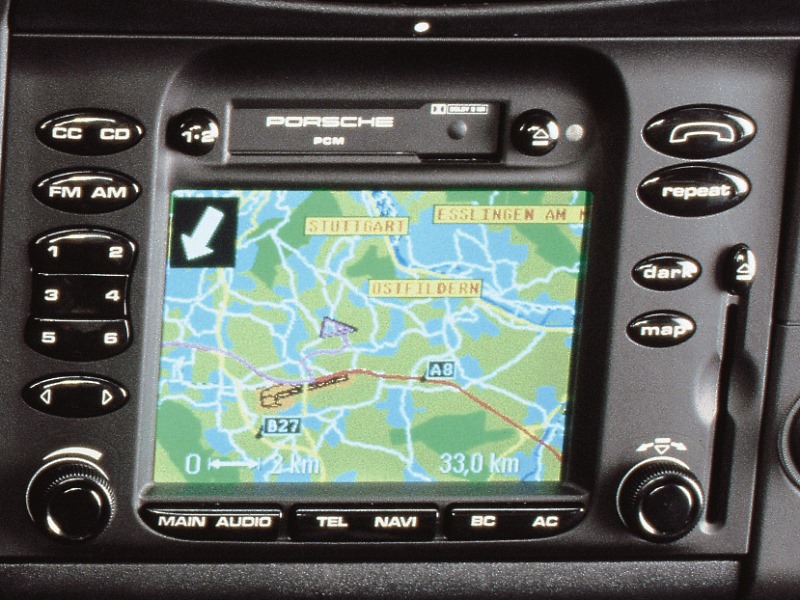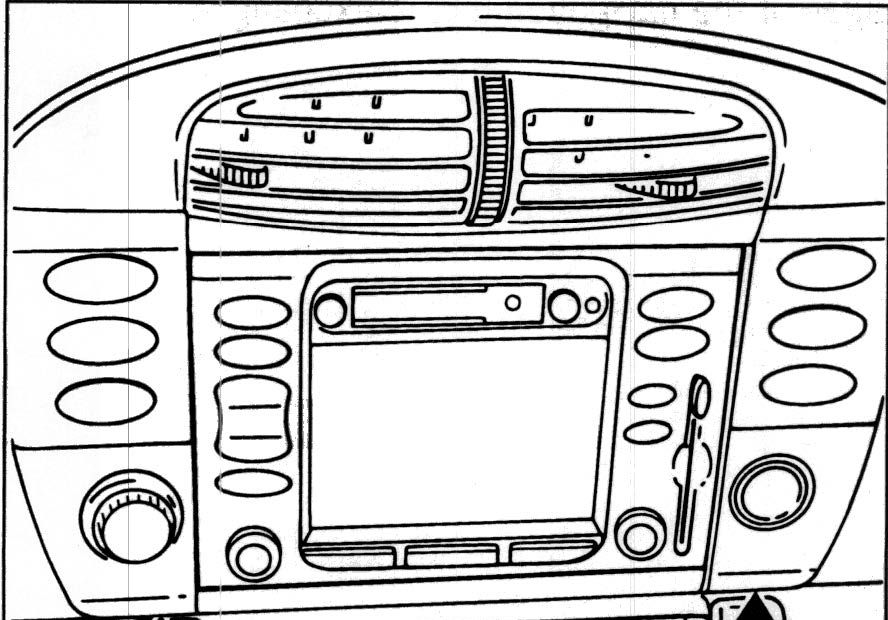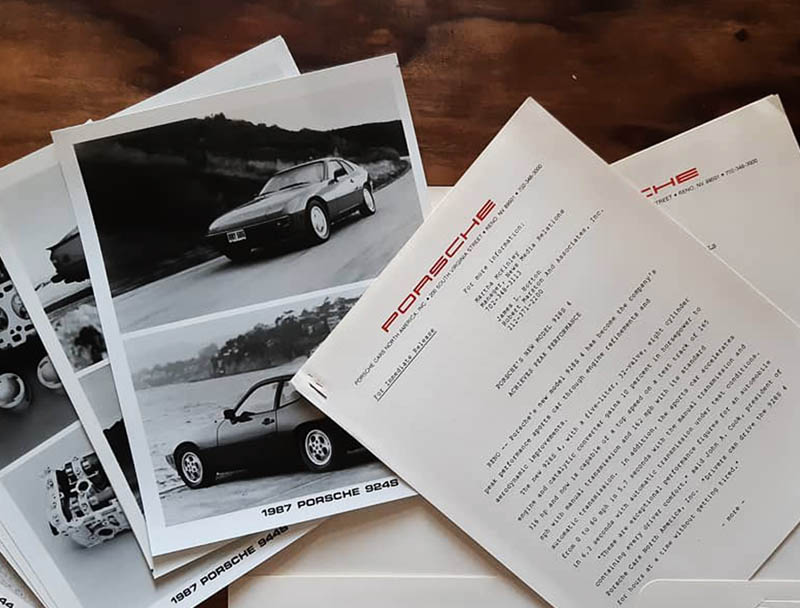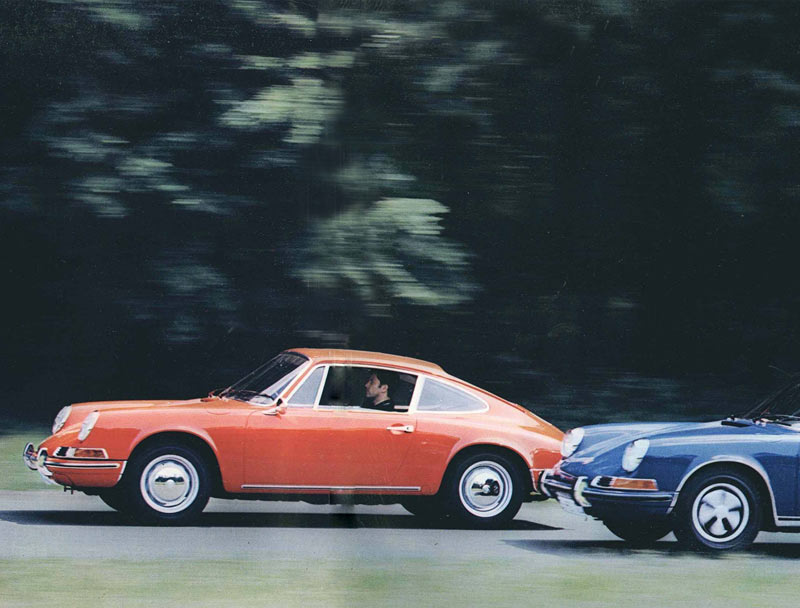
PCM Geneva 1999
The newly developed Porsche Communication Management (PCM), an integrated and innovative communications system, is available as an optional extra for the new 911 Cabriolet, the 911 Coupé, and the Boxster. PCM consistently combines a multitude of functions into a single device in the center of the dashboard. Its functions and operation are practically self-explanatory.
In this joint development by Porsche and Siemens, the engineers succeeded for the first time in combining the functions of what were previously five different devices into a single device. This reduced space requirements and costs. At 5,900 marks in Germany, PCM is significantly lower than the cost of corresponding individual devices. It includes the navigation system, on-board computer, the complete audio system, the automatic climate control with heating, ventilation, defroster, and air conditioning, as well as the GSM telephone.
At the same time, Porsche engineers have achieved their primary goal: to make reading a comprehensive instruction manual virtually unnecessary, as all functions are self-explanatory, minimizing distraction for the driver. Many important functions can be operated without eye contact with the display. This navigation system does more than just show the way. Thanks to satellite navigation, a road map on CD-ROM, distance measurement via the ABS sensors, and direction detection via a special sensor, the PCM navigation system provides the driver's exact current position and the route to the desired destination. The driver doesn't even have to take their eyes off the road to follow the direction symbols and distance information on the screen: A pleasant female voice announces necessary maneuvers in advance. This significantly increases safety.
Furthermore, the navigation unit in the Porsche Communication Management system is linked to the onboard computer. The resulting additional "intelligence" of the system provides the driver with information that seemed remote just a short time ago. If route guidance is activated in the navigation unit and the route to the destination is thus known, the onboard computer's range display, for example, also indicates whether the fuel supply is sufficient to reach the destination. In addition to road and city maps, the CD-ROM also contains "points of interest" such as gas stations, hotels, trade fair/convention centers, or tourist attractions. If, for example, it becomes apparent that the fuel level is insufficient to reach the desired destination, the driver can be guided to the nearest gas station using the shortest route.
The PCM can even announce the estimated time of arrival: The navigation unit informs the onboard computer about the different road categories the route will take and the length of each section. The onboard computer, in turn, stores the driver's different personal average speeds for each road category. From this information, the computer determines the arrival time individually.

PCM Geneva 1999

PCM 2004

Porsche Press kit

Porsche Literature

Our Porsche Cars